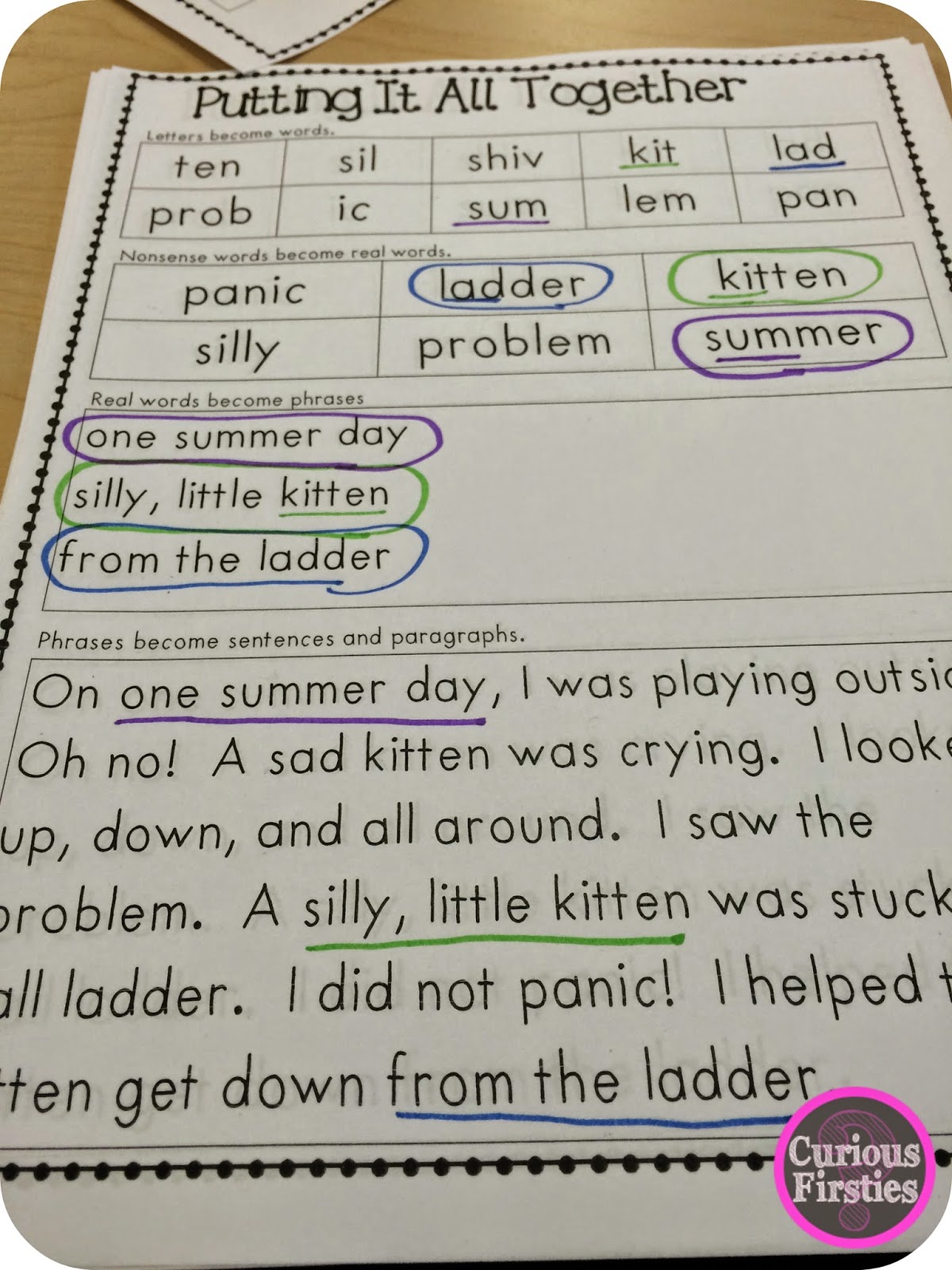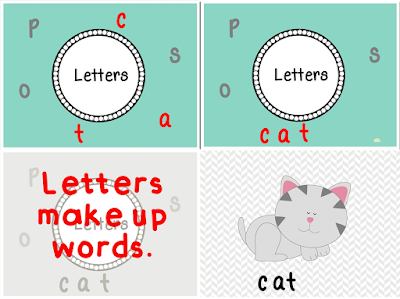I am so honored to be blogging with Adventures in Literacy Land this year! My name is Sarah from Simply Literacy. Literacy Land is celebrating their 2nd birthday and this month is filled with new and old bloggers highlighting their expertise in teaching. I am so excited to introduce myself!
For the past 9 of my 11 years of teaching, I have been at the same district, teaching third grade reading....and I have LOVED every second of it. But I have not always had a love for reading. In fact, it was quite the opposite. In elementary school, I struggled so much in reading that I tried my hardest to avoid it at all costs. Of course my parents and teachers did not let that happen. Not only am I am a product of Reading Recovery, but I also received a lot of one-on-one support during the school day, plus a tutor in the evenings and on the weekends. I disliked hated reading. Luckily, all of the extra reading support helped me academically....but unfortunately it didn't change my feelings about reading. My LOVE for reading didn't actually start until I went through my education classes in college. After graduating, I entered the education world determined to help all students not only become successful, life-long readers, but I wanted to make sure I was able to help students build a love for reading.....especially the struggling ones. I wanted students to change their minds from thinking reading is impossible to possible.
So.....how do I help my 3rd graders become successful readers? Each lesson I teach is thought out carefully. Everyday I ask myself, "would the struggling-eight-year-old-Sarah from 25 years ago understand this lesson?" I have found that it is as simple as incorporating learning styles that are appropriate for ALL students.
Let me show you how I include multi-sensory lessons in my teaching each day.
Every year, I focus a lot on teaching my students how to make inferences while reading. I stress the fact that authors do not always give readers all the information and that good readers have to infer or draw conclusions in order to understand a text. Before starting this skill with stories, I emphasize to my students how we make inferences in our daily lives without even realizing it. I start with a crime scene in my classroom. This activity is taken from Tanny McGregor's Comprehension Connections. This crime scene usually takes place at the beginning of the school year. The students walk into my room on a Monday morning and see this in our classroom library:
Of course I always use my best acting skills, and show how upset I am that someone would leave this mess in my classroom. I explain that we were going to be detectives by using the clues and activate our schema (background knowledge) in order to solve this case. Little do the students know....but they are learning all about making inferences! As the year continues, I have the students dig deeper by teaching inference through some multi-sensory lessons below.
-Who are my neighbors?- I create a story about a new family that moved in next door to my house. I ask my students to help me learn information about my new neighbors by digging through some of their trash. This activity is a twist on Tanny McGregor's lesson in Comprehension Connections.
-Flocabulary- Flocabulary is a website that creates educational hip-hop videos, interactive activities, and online assessments for students in grades k-12. My students love to sing and dance along to the hip-hop songs. Flocabulary is a multi-sensory approach that uses music, rhythm, and rhyme to increase student engagement. The songs are so catchy!
-Picture Books-There are so many picture books that I enjoy reading to my students to practice and increase inference skills. Such books include Tops and Bottoms by Janet Stevens, Enemy Pie by Derek Munson, and Animals Should Definitely Not Wear Clothing by Judi Barrett. But my favorite books for inferring are wordless picture books such as Window by Jeannie Baker.
-Poems-"Impressive Inference" poems are great to use when teaching inferences. When read aloud, poetry is rhythm, music, sounds, and beats which can be great for the kinesthetic learners. This activity was found here.
Videos- There are several short animated videos that I use to practice inference. Check out my Pinterest board of videos here .
Comic Strips- The students love getting in groups and filling in the speech bubbles for certain comic strips. This is a good activity for students to work together with peers and make inferences. I took this lesson from Speech Room News.
Tic-Tac PowerPoint- I use this PowerPoint in several different ways. Sometimes I will break the students up into two groups and we play as a class. I've also played this game during small groups, intervention groups, and in partners. I have a Tic Tac PowerPoint for almost every reading skill.
Games-Throughout the years, I have purchased a large number of board games that review reading skills. These games are an exciting and engaging way for students to practice and apply reading skills. My students really like to play Crack the Case! Inference Center. In this game, they like to become detectives, piecing together clues to solve mysteries.
The example lessons and activities listed above focus only on one reading skill. I do my best to teach all my reading skills with this kind of variety. Students rely heavily on their senses to process information when they are leaning. I think a multi-sensory environment will increase my students' focus, attention, concentration, awaken their memories/schema, and possibly improve creativity.
I am so excited to be a part of this group and share more lessons with you this year!






































